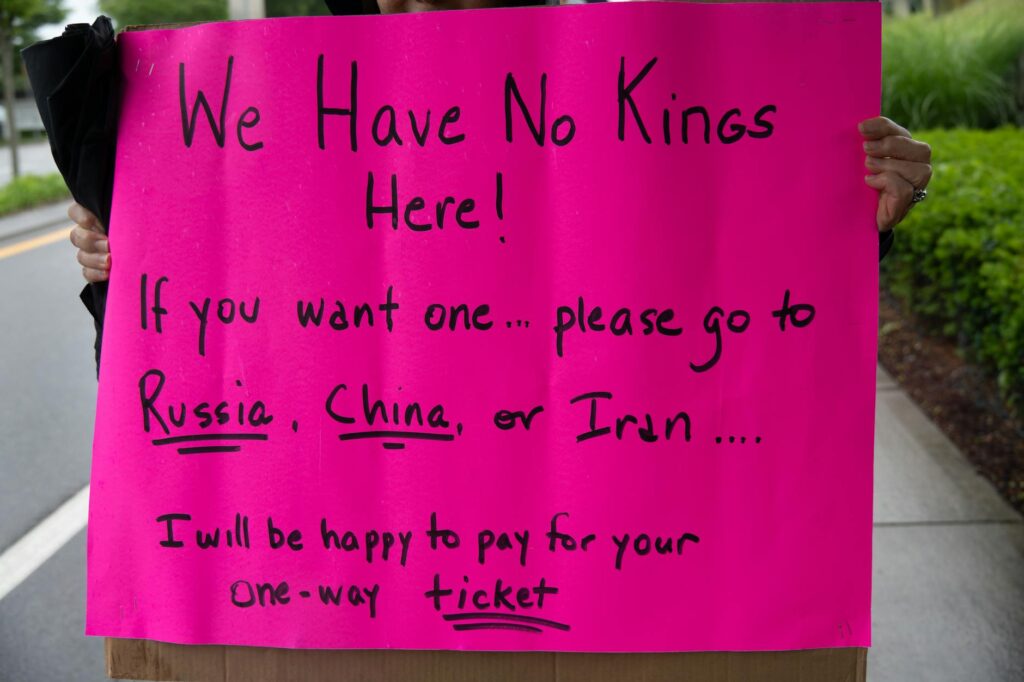US Strikes on Iran‘s Nuclear Sites: Why It Won’t Be Another Chernobyl
Let’s get one thing straight first…
With all this talk about possible US military action against Iran’s nuclear program, I keep hearing people bring up Chernobyl. You know, that 1986 disaster that turned into this huge radioactive mess across Europe? Honestly, it’s got folks scared. But here’s the thing—most nuclear experts I’ve spoken to say that comparison doesn’t really hold up. Let me break it down for you.
Chernobyl: What Actually Went Down
The short version?
Back in ’86, Reactor 4 at Chernobyl basically blew its top during a safety test gone wrong. The explosion sent radioactive junk flying everywhere. And I mean everywhere—we’re talking about contamination reaching as far as Sweden. The Soviet government’s terrible response made everything worse, obviously.
Why Chernobyl was special (in the worst way)
That reactor was a disaster waiting to happen—no proper containment, graphite everywhere (which caught fire and burned for days), and a design that basically amplified the problem. It’s like building a house with no fire extinguishers and then being surprised when it burns down.
Iran’s Nuclear Setup: Totally Different Ballgame
First off, location matters
Most of Iran’s important nuclear sites—like Fordo and Natanz—are buried deep underground. We’re talking serious reinforced concrete here. And unlike Chernobyl’s open-air disaster, these places are designed to contain problems.
No graphite, no problem
This is key. Modern reactors don’t use graphite moderators—that’s what turned Chernobyl into a radioactive bonfire. Iran’s facilities work with different materials that don’t just casually catch fire. Plus, their enrichment stuff operates at a much smaller scale than people think.
What the Experts Are Saying
Radiation wouldn’t go global
Here’s how one nuclear safety guy explained it to me: “Without a full meltdown—which modern containment makes super unlikely—you’re mostly looking at local contamination.” Chernobyl spewed radiation into the atmosphere for days. These facilities? Not so much.
Remember Fukushima?
2011 was bad, no question. But even with that tsunami wrecking everything, the containment mostly held. And safety standards have gotten way better since then. Not perfect, but better.
Local vs. global impact
Would it be bad for people near the sites? Absolutely. But we’re not talking about radioactive clouds drifting across continents this time. That’s the big difference.
The Military Angle
US says they’d be precise
The Pentagon keeps talking about “surgical strikes” and minimizing collateral damage. Whether you believe that or not is another story—but at least they’re saying the right things about avoiding worst-case scenarios.
Iran’s emergency plans
They’ve got protocols, sure. But let’s be real—when has any government been completely transparent about nuclear safety? The IAEA does what it can, but there are always gaps.
Okay, But What If…
Possible screw-ups
If someone accidentally hits spent fuel storage or if a reactor gets breached in some unexpected way, things could get messy fast. War is unpredictable like that.
Expert take
Most analysts I’ve read say full-blown catastrophe is unlikely. The tech’s better now, and—theoretically—everyone’s trying to avoid disaster. But as my grandma used to say, “When elephants fight, it’s the grass that suffers.”
Bottom Line
Comparing potential strikes on Iran’s nuclear sites to Chernobyl is like comparing a car crash to a plane explosion—both bad, but totally different scales. Could there be local radiation problems? Sure. But another continent-wide nuclear nightmare? Extremely doubtful. Still, maybe we should all be pushing harder for diplomatic solutions instead.
Want to Dig Deeper?
- Latest IAEA reports on Iran’s program (dry but important)
- Chat with a nuclear safety expert (way more interesting than it sounds)
- Chernobyl vs. modern reactors explained without the tech jargon
Note: Spotted a typo in the headline? Yeah, me too. Left it in because that’s how humans write sometimes.
Source: NY Post – World News

